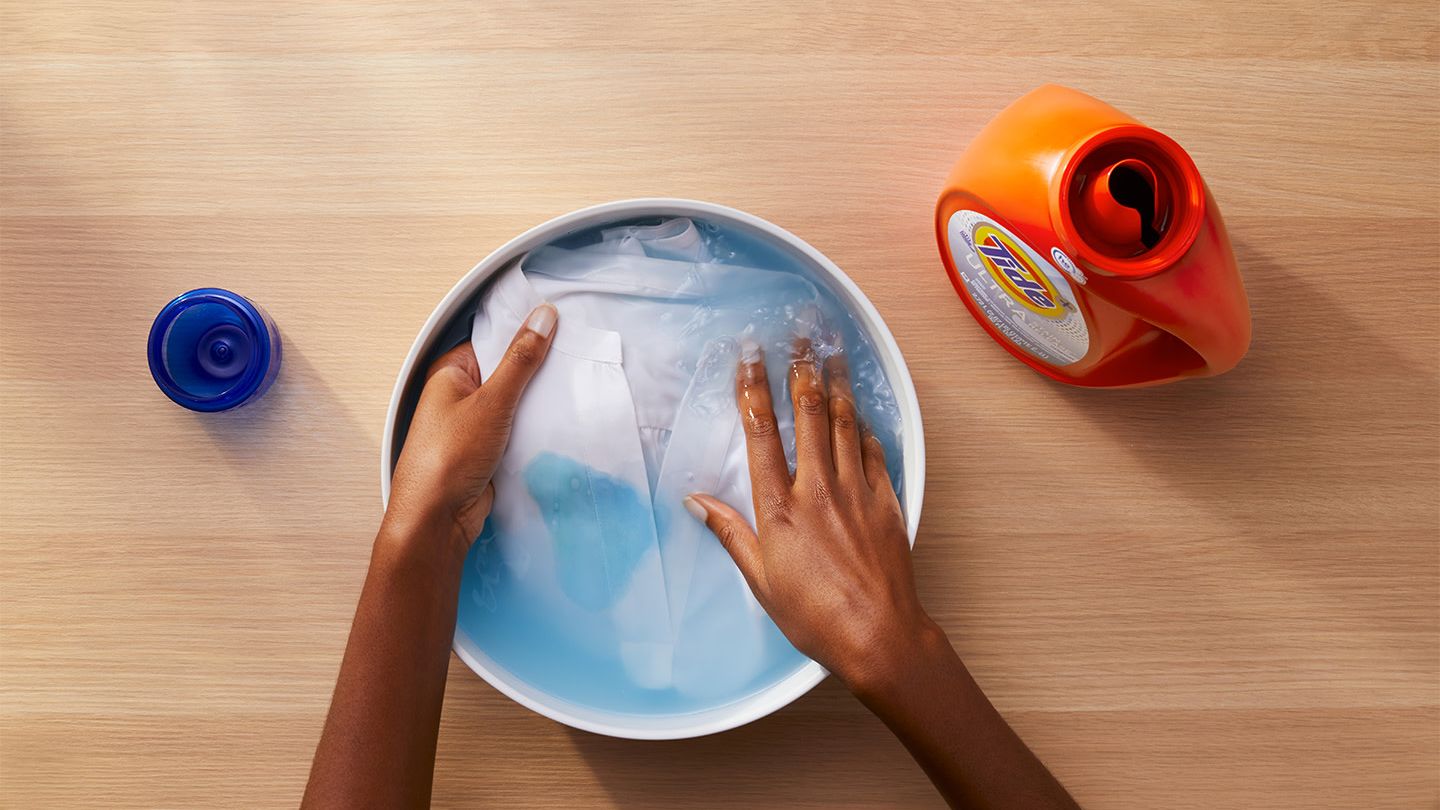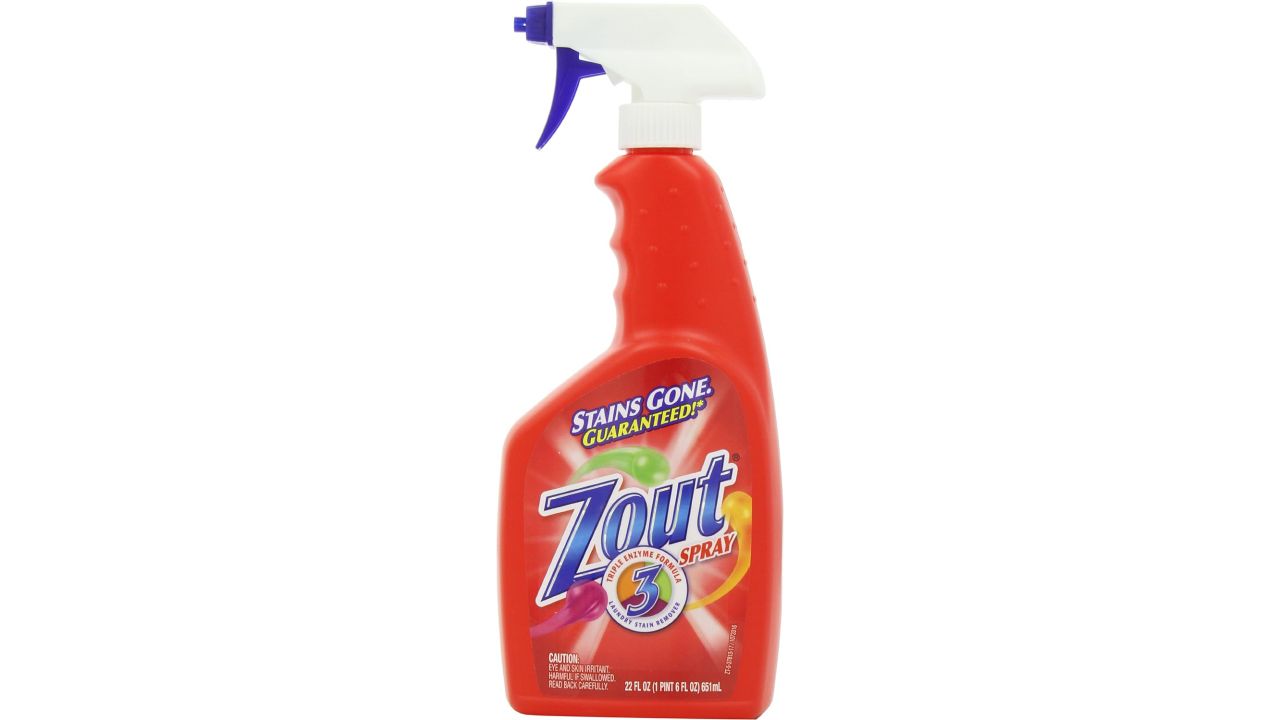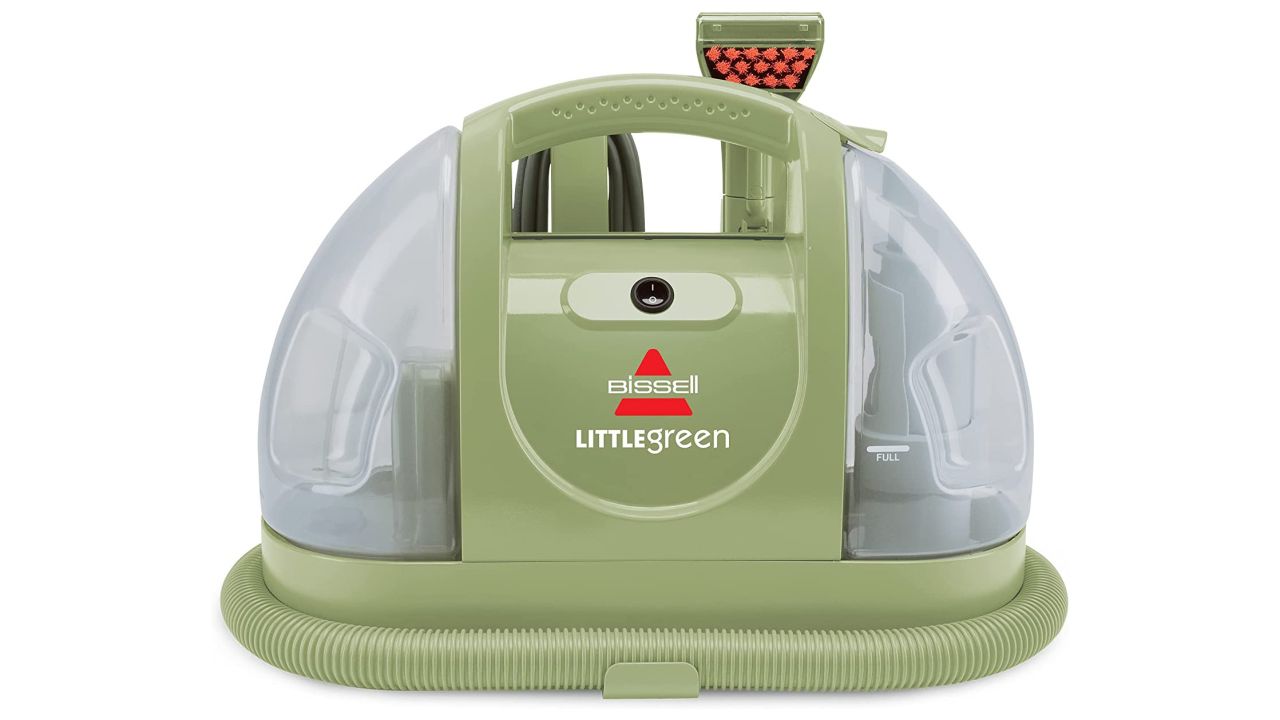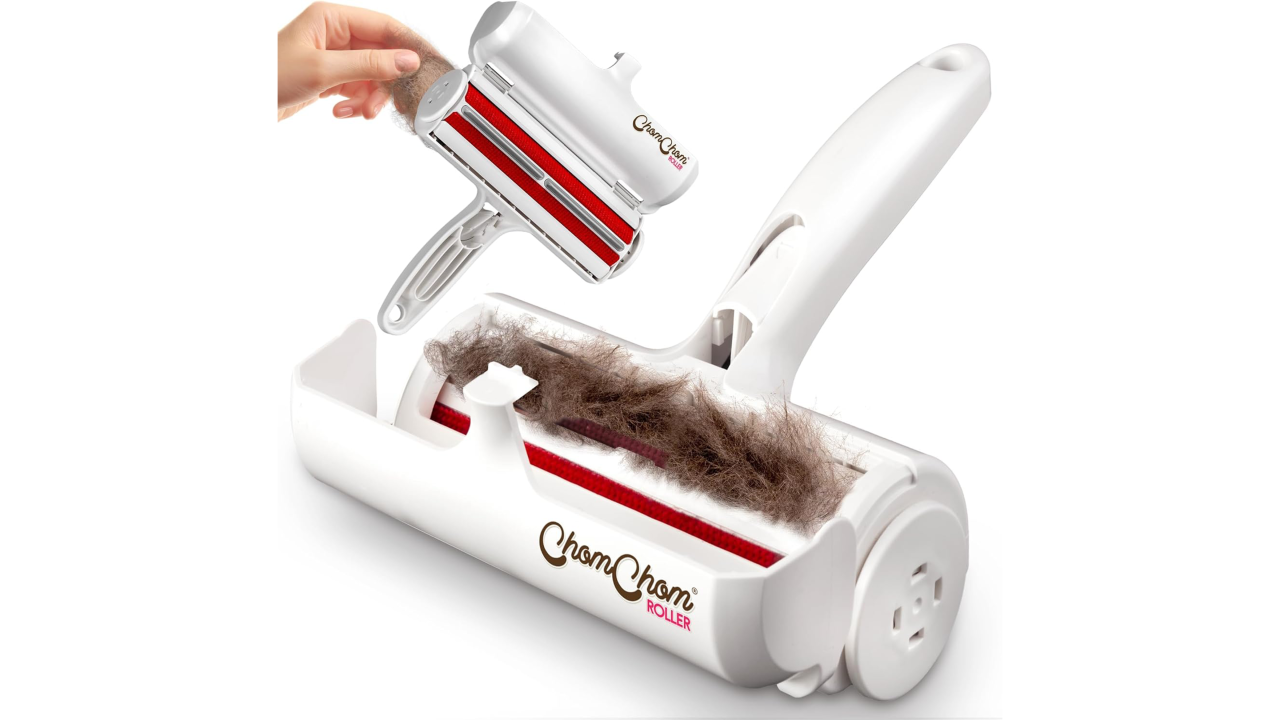Blood stains have a reputation for being difficult to remove from clothing, household goods like sheets and towels, and non-washable items like mattresses. That reputation is fairly earned, because when blood exits the body, oxidation of hemoglobins occurs, causing the stains to change from the bright red hue we associate with blood to a dark, rusty brown.
Jennifer Ahoni, a Tide principal scientist, says, “Blood can be one of the most challenging stains to remove due to its complex composition. It is a mixture of various components, such as proteins, cellular matter, sugar and fat, which makes it highly resilient and stubborn. Therefore, it requires specialized treatments for complete removal.”
Ahead, with the help of fabric care experts, we’ve rounded up the best products for cleaning up blood as well as the techniques you need to know to remove fresh, dried, old and set-in blood stains, and blood stains on non-launderable items like mattresses, furniture and carpeting.
How to remove fresh blood stains
“When it comes to treating blood stains,” says Wendy Saladyga, a Persil ProClean stain expert and senior manager of technical performance, “the most important thing to remember is to treat the stain as quickly as possible, before it can set in.” Saladyga shares her go-to method for treating a fresh blood stain.
- Step 1: Turn the fabric over so the stain is face down, and flush the stain out under cold water. “It’s important to never use hot water on blood, as this can cause the stain to set,” Saladyga says.
- Step 2: Pretreat the stain by applying a small amount of liquid laundry detergent or a stain-removing product formulated to work on blood directly onto the front side of the stain, rub it in and let it sit for five minutes.
- Step 3: Launder the item according to its care label instructions. Before putting it in the dryer, check to see if the stain is gone, as the heat from the dryer can cause it to set permanently.
Essential products for removing blood stains
Hydrogen peroxide is a go-to blood stain remover, but be aware that it can have a bleaching effect on dark and non-colorfast fabrics. Before using hydrogen peroxide, spot test it on an inconspicuous place to avoid causing irreversible color loss.
"Blood is a protein stain," says Wayne Edelman, a fabric care expert and the president of Meurice Garment Care, "so protein formula is effective." When looking for protein stain formulas keep an eye out for the word "enzyme," which is a powerful treatment for bio-based stains.?
Krud Kutter Sports Stain Remover is an enzyme-based stain treatment that is excellent at removing blood stains as well as other protein stains like grass, dirt and sweat.
Many liquid laundry detergents are formulated with bio-based protein stains in mind, and have stain-fighting enzymes in them.
The combination of cold water and salt is great for getting out blood stains; wet the stain and sprinkle salt on it, then rub it in and soak the item in cold water. Contact lens wearers can use saline solution to achieve a similar effect: Saturate the blood stain with the saline solution, rub it into the fabric and soak or flush with cold water.
Weird but true: Unseasoned meat tenderizer, when mixed with a small amount of water to make a paste, removes blood stains and is especially effective at removing older, more set-in blood stains.
When treating set-in stains, or stains on items like mattresses or furniture that cannot be washed, a laundry brush can be helpful. "The brushing creates mechanical action," Edelman explains, "which moves the soap and detergent into the fibers."
Blood stains on mattresses, upholstered furniture and carpeting can be tricky to remove, but a carpet and upholstery cleaning machine makes easy work of it.
For homes with limited storage space, this small handheld carpet and upholstery cleaning machine packs a lot of power without taking up a lot of room.
How to remove dried, old or set-in blood stains
To treat a set-in blood stain, you can follow the same instructions for treating fresh blood stains —?but some patience and time may be required for it to be effective. “This method will also work to remove dry blood stains,” Saladyga says, “you may just need to repeat the process a few more times.”
The nature of blood as a substance is why it can be particularly stubborn once dried. “The hemoglobin in the blood begins to clot when exposed to air and can cling tightly to fibers,” Ahoni explains. She recommends using the following process for treating dried blood stains:
- Step 1: Apply cold water to wet the stain.
- Step 2: Apply a small amount of high-quality liquid detergent to the stain and gently brush with a laundry brush. Let sit for 20 minutes.
- Step 3: Rinse again with cold water, and blot with a dry rag to remove the stain and water.
- Step 4: Repeat until both the stain and detergent residue are removed.
- Step 5: Allow the fabric to air-dry.
“One important aspect to keep in mind while dealing with blood stains is to avoid using warm or hot water for cleaning,” Ahoni says. “Warm or hot water can cause the proteins in the blood to ‘cook,’ setting the stain deeper into the fabric.”
How to remove blood stains from mattresses, furniture and carpeting
Small blood stains on mattresses, furniture and carpeting can be removed by using a technique called spot treating.
- Step 1: Apply a small amount of blood stain remover or liquid laundry detergent to a damp rag, and dab it onto the stain.
- Step 2: Blot the stain until it’s gone, taking care not to scrub the material, as friction can abrade or otherwise damage the fabric.
- Step 3: When the stain is gone, gently dab the area with a cloth dipped in clean water to remove residual detergent.
For larger or more set-in blood stains, however, it is best to use an upholstery cleaning machine for the job. “When treating a blood stain on a mattress or carpet,” Edelman says, “apply the solution and then vacuum it out with a wet-dry vacuum or upholstery cleaning machine.”
Expert-approved tips for treating blood stains
The experts we spoke to also offered some general tips for treating blood stains:
- Spot test stain removers: “Care should be used when trying to remove blood stains from dry clean-only materials or on textiles that are not colorfast,” Edelman says. “The best practice is to test on an inconspicuous area first before attempting the stain removal,” he says, adding, “always flush out solutions when through.”
- Cold water is king: “Using warm or hot water can set the stain into the fabric, making it even more challenging to remove,” Ahoni says. “This is where using cold water becomes crucial for treating blood stains. Cold water helps to prevent the proteins in the blood from setting the stain deeper into the fabric.”
- Follow instructions: “Another thing to keep in mind is that there are various types of fabrics, some of which might need special care,” Ahoni says. “Therefore, always check the care label on the garment first before treating with cleaning agents.” The same is true of the stain treatments themselves —?always consult usage guidelines to ensure the best outcome.
- Safety first: “Always be certain to wear gloves when handling blood that is not yours,” Saladyga says. “This will help to protect yourself from infection and outside germs that can be harmful.”





























